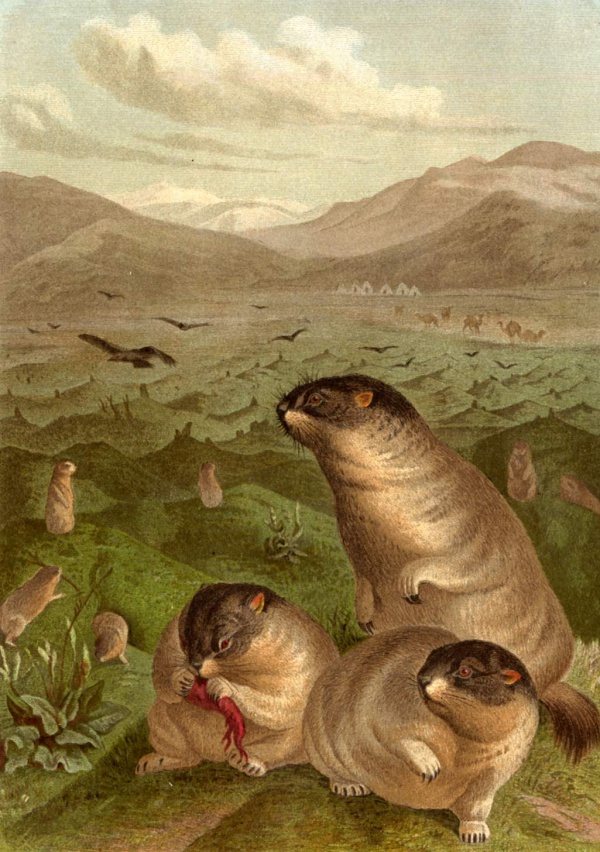Facts About Steppe Marmot, Baibak
The bobak marmot, also known as the steppe marmot, is a captivating and social animal that inhabits the expansive steppes of Eastern Europe and Central Asia. These marmots spend more than half of the year hibernating and typically have litters of about five pups. Young marmots take three years to reach sexual maturity, and by their second winter, male marmots generally leave their home colony.
Human utilization of bobak marmot fur includes the making of hats and coats, with some fur farms experimenting with breeding bobak marmots specifically for their pelts.
There are two recognized subspecies of bobak marmots, although scientists debate this classification due to gradual variations across their range. These marmots are native to regions extending from Ukraine through Russia to Kazakhstan. In certain areas where they had disappeared, efforts are being made to reintroduce them.
Bobak marmots thrive in rolling grasslands and at the edges of cultivated fields. They exhibit unique alarm call behaviors that vary depending on the terrain. However, they face several threats, including susceptibility to bubonic plague and predation by snow leopards. Interestingly, they can also serve as a buffer species for other prey targeted by snow leopards.
Beyond their ecological role, bobak marmots hold cultural significance. They are a symbol of Luhansk Oblast in Ukraine, appearing on its coat of arms and on those of some districts.

 Uzbekistan
Uzbekistan